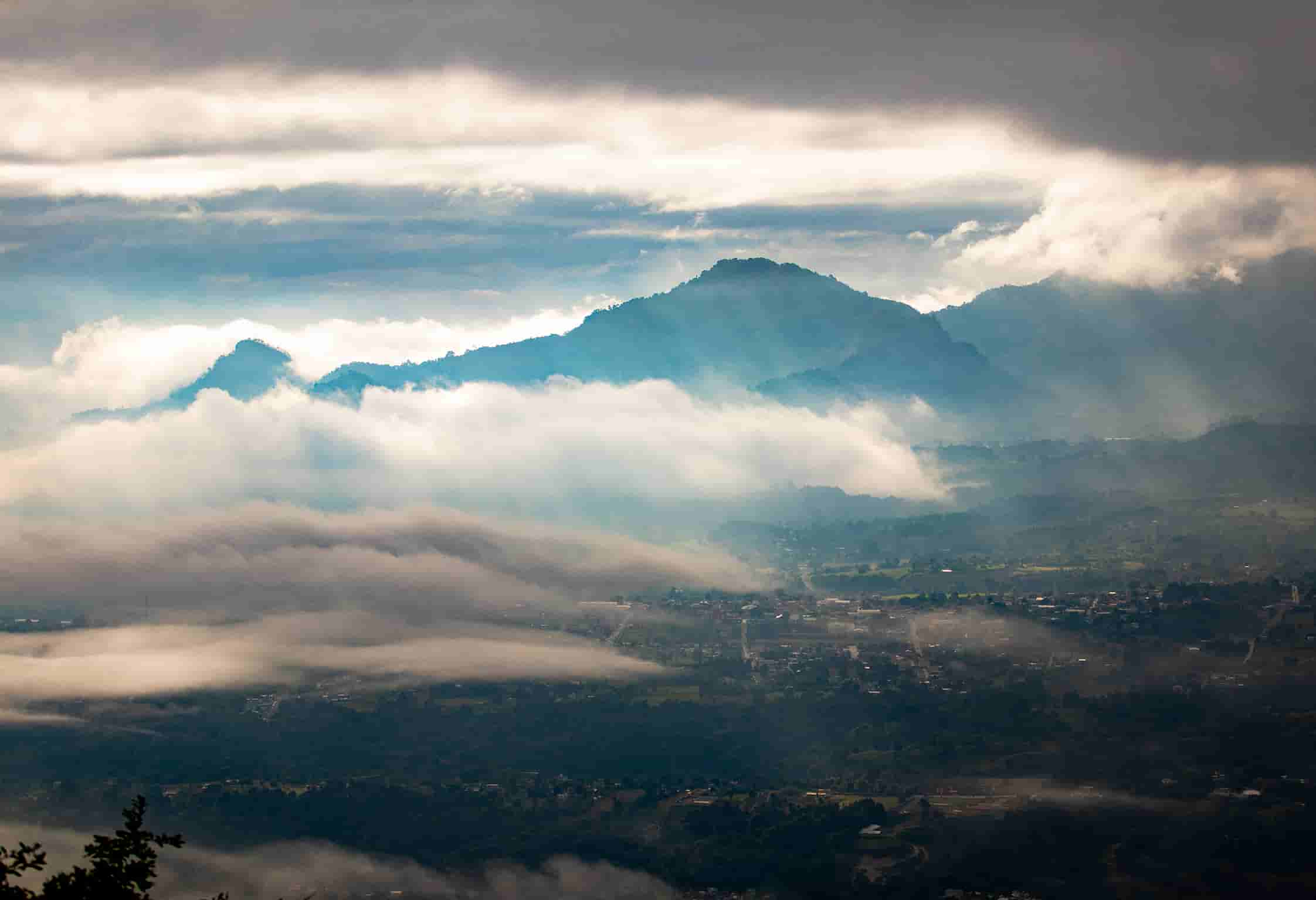Tlatlauquitepec is a small highland town in the north of Puebla. With air constantly cleaned by the surrounding oyamel trees, the town is visited by clouds that hang low near the Cerro Cabezón, the highest mountain in the area, and a majestic view from almost everywhere.
The Nahuatl name could be translated as either the hill that colors or as place of the burning hill, but both translation indicates that this is truly spectacular territory. The ancient settlement hosted Olmec, Toltec, and later others who were escaping subjugation to Tenochtitlan.
With the arrival of the Spanish, the town was the site of the first Franciscan convent in the Americas already in 1531. It was an illustrious town over the course of the colonial period, and remains a remarkable and memorable place event today.
People visit just to walk the quiet streets of the town center. Not far off, there are zip line cables, and all manner of outdoor adventures. The region is particularly famous for a number of caves and cave systems. For those intent on mere surface dwelling, the rectory of the parish church still hosts some very well-regarded paintings by Luis Toral González.
Very much a part of Puebla\'s coffee region, the beverage makes up a significant pastime for visitors and residents alike. The local street market serves tlayoyos de alverjón, mole ranchero, chilposonte, and much more that is both local, and tasty. It\'s also the site of an important trade in the local artisan ware.
Tlatlauquitepec lies just about directly east of Mexico City. The route can be driven in a little more than four hours. Autotransportes Tlaxcala makes the trip from TAPO a little faster. But visitors will arrive from both Tlaxcala and from Xalapa, both of which are still about three hours away. The trip from the capital of Puebla is just over two hours. It\'s also the source of the most frequent buses to stop in the town.














